Successful Bonding Protocols for Pairing Companion Rabbits

Pairing rabbits is both rewarding and delicate. As a certified rabbit behavior specialist, I’ve overseen dozens of successful bonds by following structured, low‑stress introductions. When done correctly, bonded bunnies groom one another, share resources peacefully, and exhibit joyful “binky” dances. Here’s the industry‑best protocol.
1. Pre‑Introduction Preparations
– Neutral Territory: Set up a clean, rabbit‑proofed area unfamiliar to both bunnies (e.g., spare bathroom).
– Separate Starter Kits: Provide identical hideouts, water dishes, and litter boxes at opposite ends to prevent resource guarding.
– Health Checks: Ensure both rabbits are spayed/neutered (minimum 4 weeks post‑surgery), up‑to‑date on vaccinations, and free of parasites.
2. Initial Scent Swapping
Exchange bedding between the two enclosures for 2–3 days. This allows each rabbit to become accustomed to the other’s scent without direct contact.
3. First Visual Introduction
Use a wire barrier (x‑pen) in neutral territory so they can see and smell each other without risking a fight. Observe body language—ears forward and relaxed posture indicate curiosity; pinned ears or lunging signal stress.
4. Supervised Face‑to‑Face Bonding
Once visual meetings are calm (usually 2–3 days), remove the barrier for brief (5–10 minute) sessions. Keep hay and treats available so they can eat together, reinforcing positive association.
5. Managing Aggression Safely
Mild mounting or circling is normal. If biting or boxing occurs, calmly separate them without shouting—use a towel to gently pick up the aggressor and end the session. Always note which rabbit initiates aggression to adjust proximity in future meets.
6. Gradually Increasing Session Length
Extend bonding sessions by 5 minutes every other day, monitoring interactions. By 30 minutes of calm co‑existence—eating side‑by‑side—they’re ready for shared housing.
7. Final Housing Setup
Choose a spacious enclosure (minimum 8′×3′) with dual hideouts and litter boxes in separate corners. Introduce them together, keeping the environment neutral (no residual scent).
8. Post‑Bond Maintenance
Monitor daily for fur‑pulling or unilateral aggression. Continue shared meals and enrichment (tunnels, chew toys) to maintain the bond. Maintain a consistent routine to reduce stress.
9. Conflict Resolution Strategies
If issues arise, revert to short, supervised bonding sessions in neutral territory. Re‑apply scent‑swapping and visual introductions as needed until tranquility returns.
10. Celebrating a Successful Bond
Bonded rabbits will groom each other, rest in contact, and perform synchronized play behaviors. When you observe these “loafing pairs” and tandem binkies, you’ll know your careful protocol has fostered a genuine rabbit friendship.

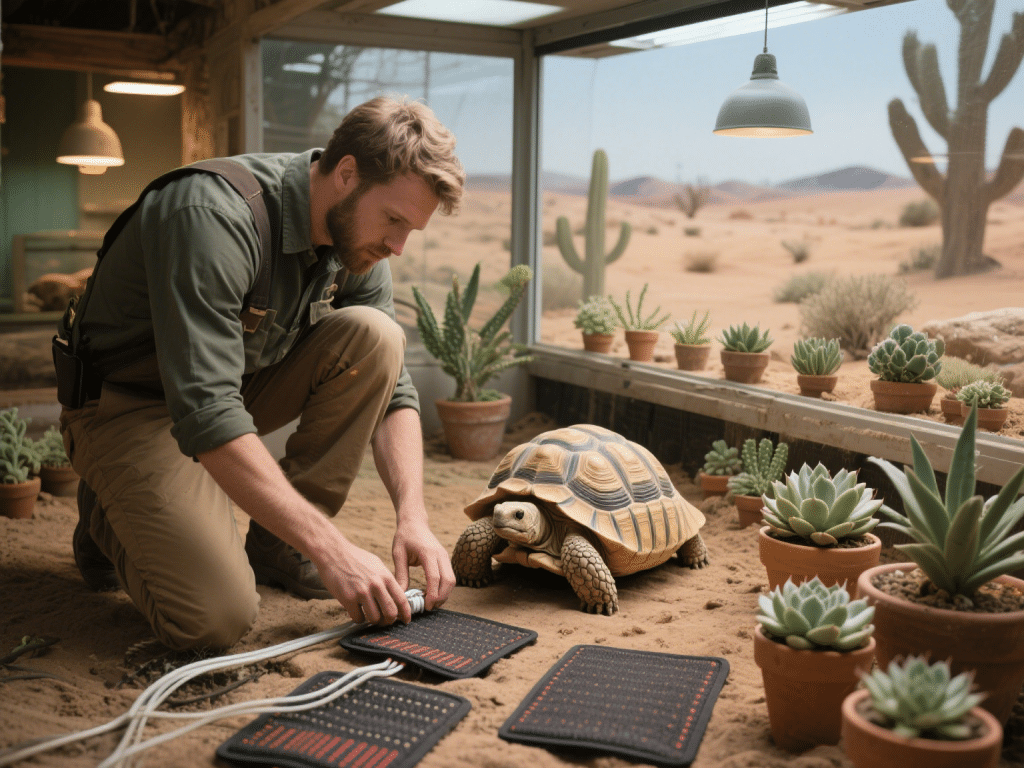
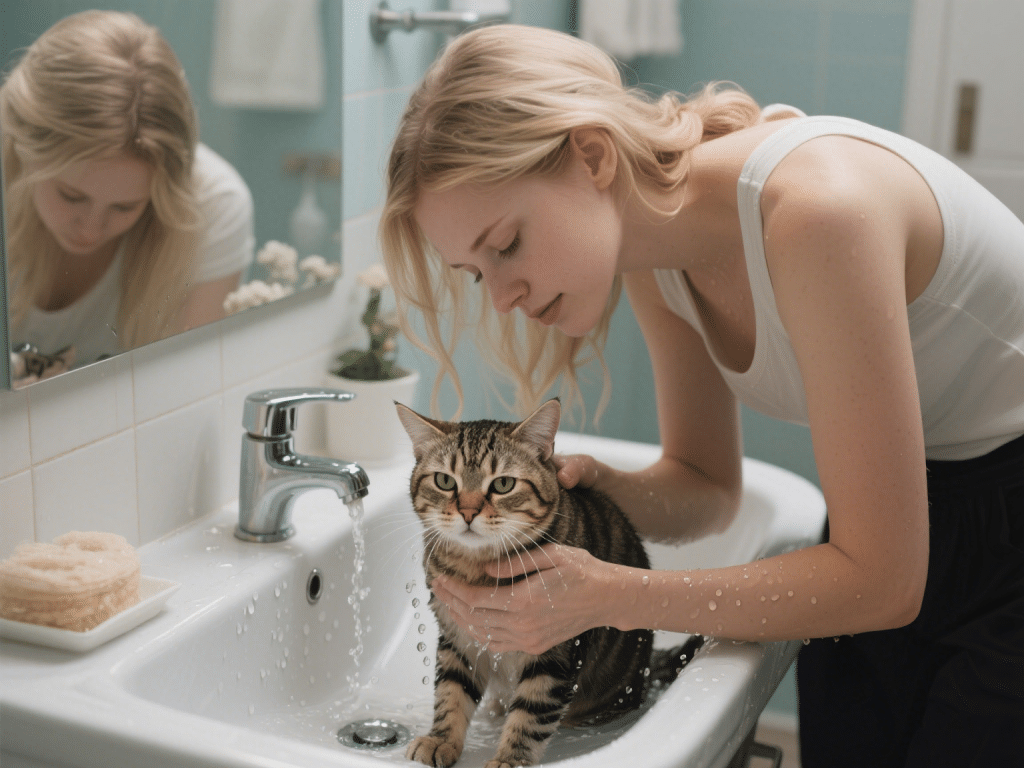

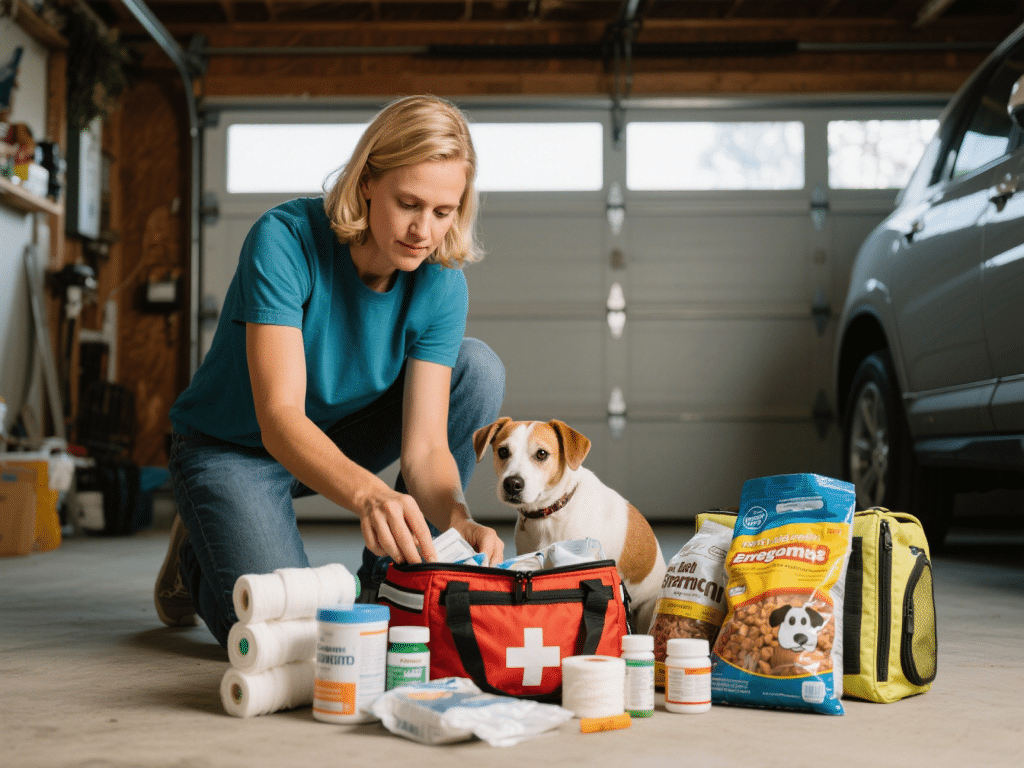

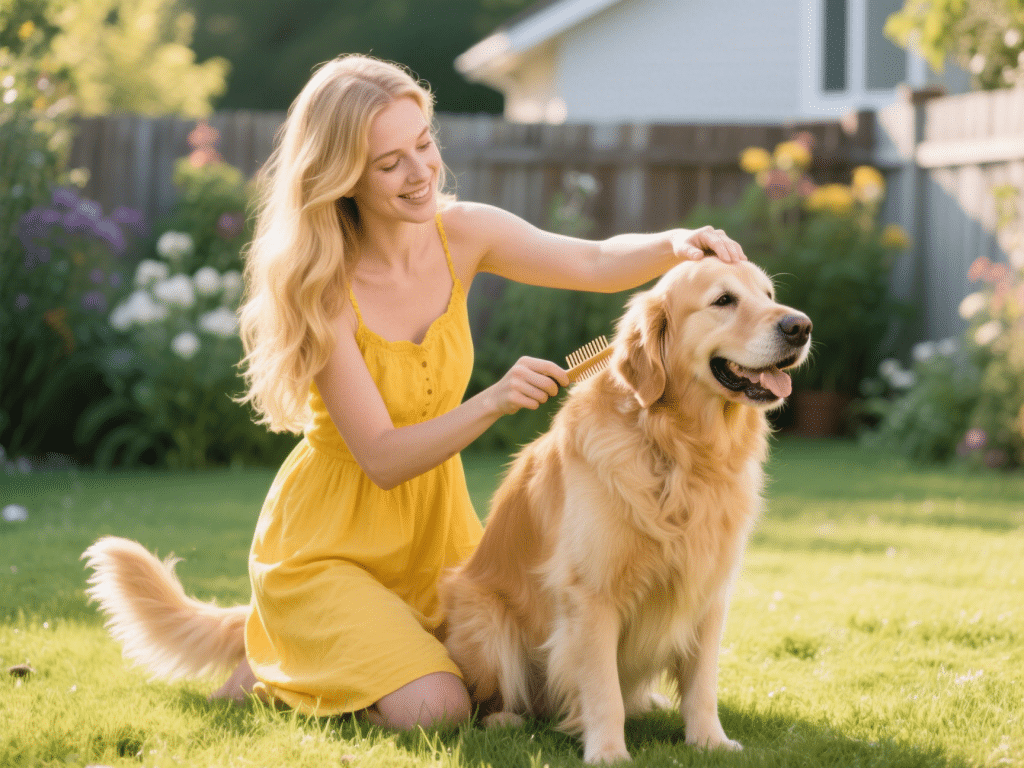
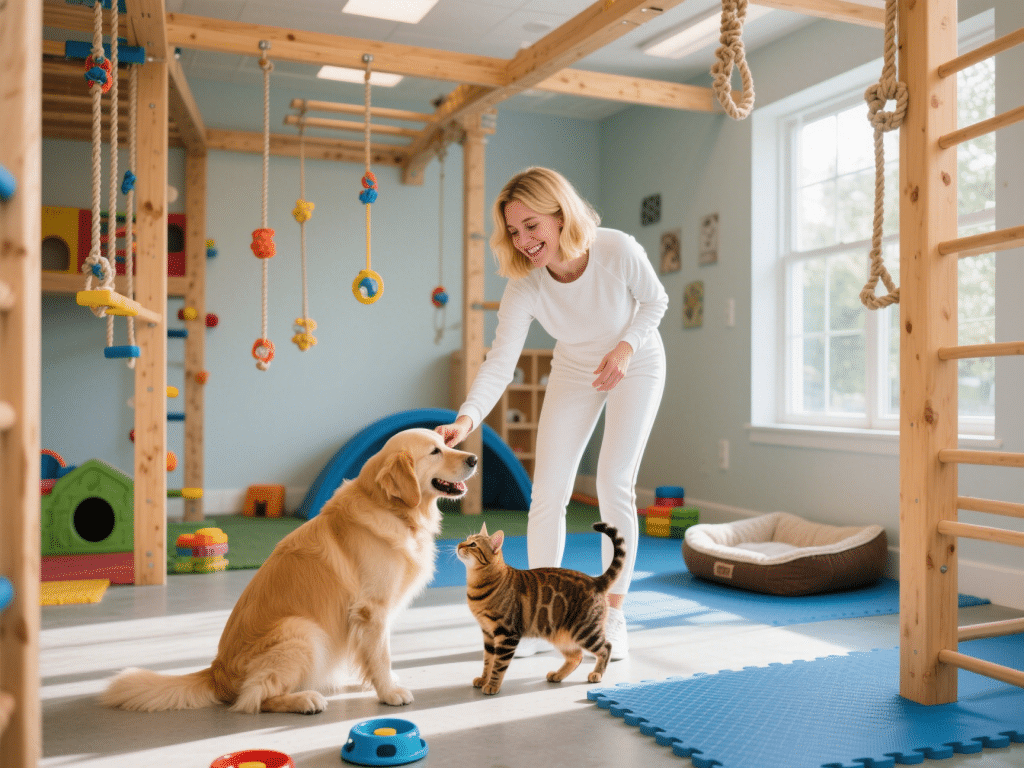

Comments on "Successful Bonding Protocols for Pairing Companion Rabbits" :